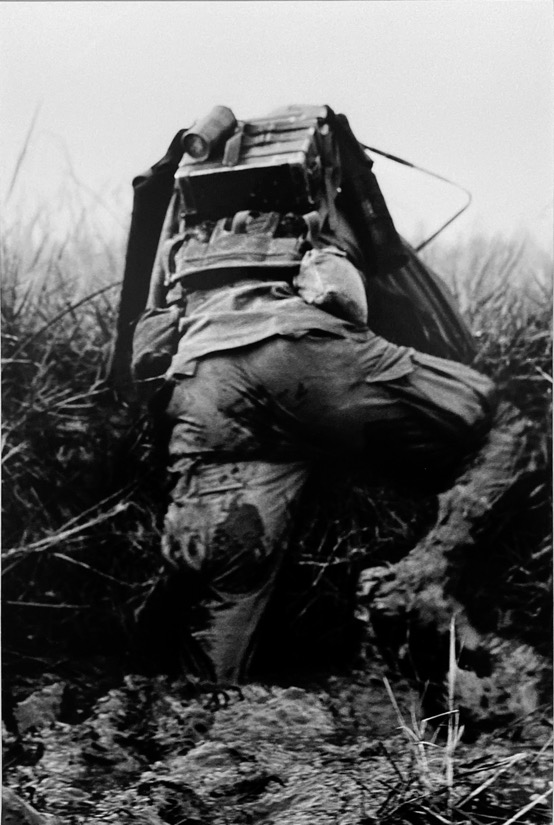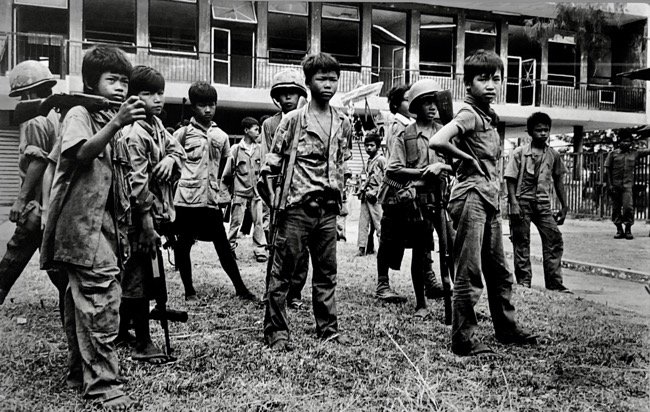These are Catherine Leroy, Christine Spengler and Françoise Demulder. All three born just after WWII. All three left a name as photojournalists, all before their time, a the top of a profession, supposedly reserved for men (the others). Catherine Leroy is well known for her coverage of the Vietnam War. She began her career at a young age and gained recognition for her fearlessness and dedication. She, a tiny fragile young lady, embedded herself with U.S. Marines, capturing the harsh realities of combat. Her iconic photograph of a wounded Marine being comforted during the Battle of Huế in 1968 remains one of the most powerful images of the Vietnam War. She continued to cover conflicts worldwide until her death in 2006, leaving behind a legacy of courage and exceptional storytelling through her lens but remarkably no book. Christine Spengler is well known for her work in war zones and conflict areas. Her career, spanning from the 1960s to the present, covers numerous conflicts and humanitarian crises. Spengler’s photographic style, characterised by unconventional techniques, creates hauntingly beautiful and evocative images amidst the chaos of war. She not only captured the violence and suffering of war but also the resilience and human spirit that endure even in the darkest times. Her work stands as a bridge between the brutality of war and the universal human experience. Françoise Demulder, who died in 2008, focused on social issues and human rights. Her empathetic approach to storytelling allowed her to connect deeply with her subjects. Demulder’s work shed light on the refugees, the struggles of marginalised communities, and the impact of conflict on civilians. She made history in 1977 by becoming the first woman to receive the prestigious World Press Photo of the Year award for her photograph of a lady imploring a Christian Phalangist in La Quarantine in Beirut. This specific achievement but also the legacy of Catherine Leroy and Christine Spengler shattered gender barriers in the male-dominated field of photojournalism and highlighted their exceptional talents in capturing the horror of war.








